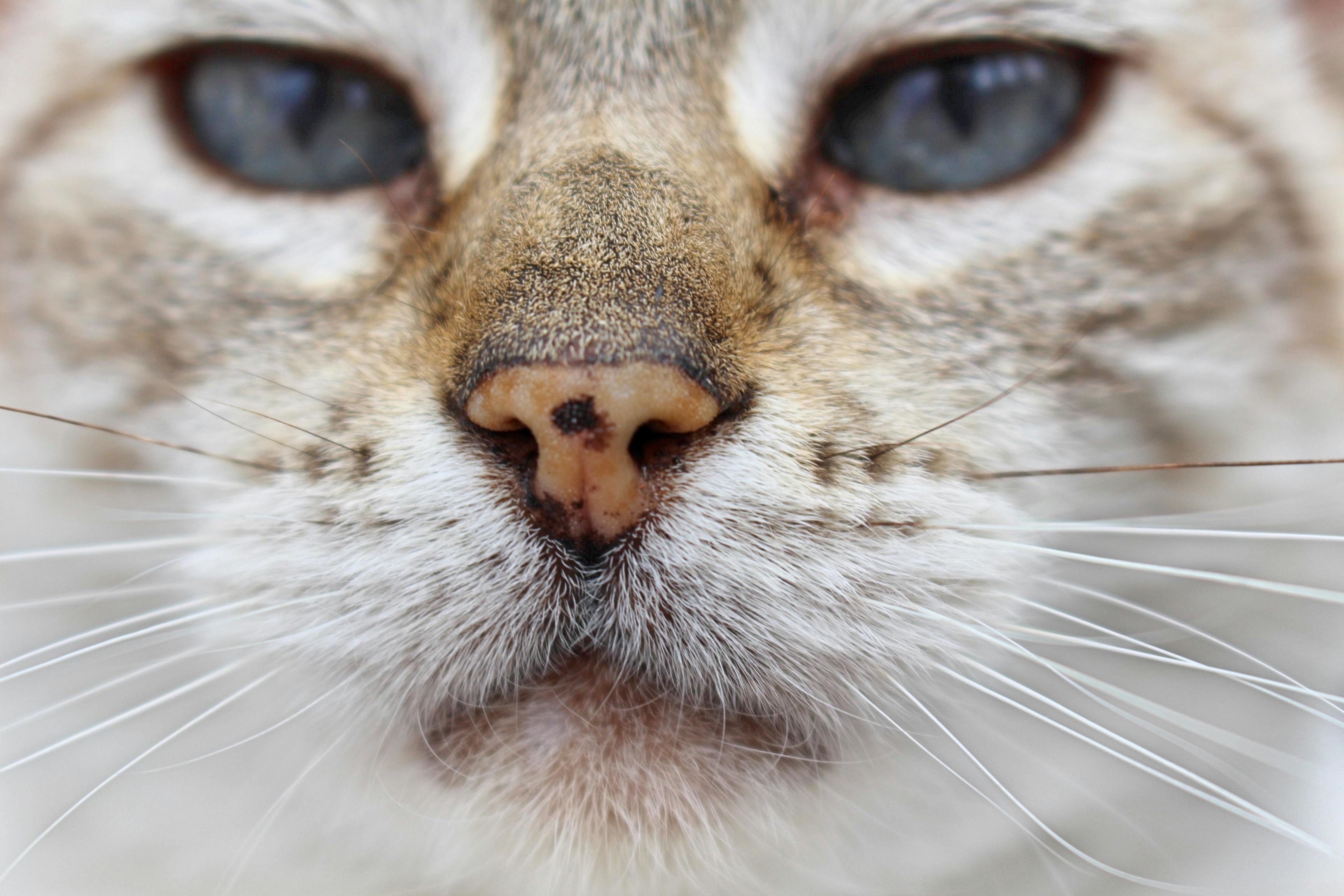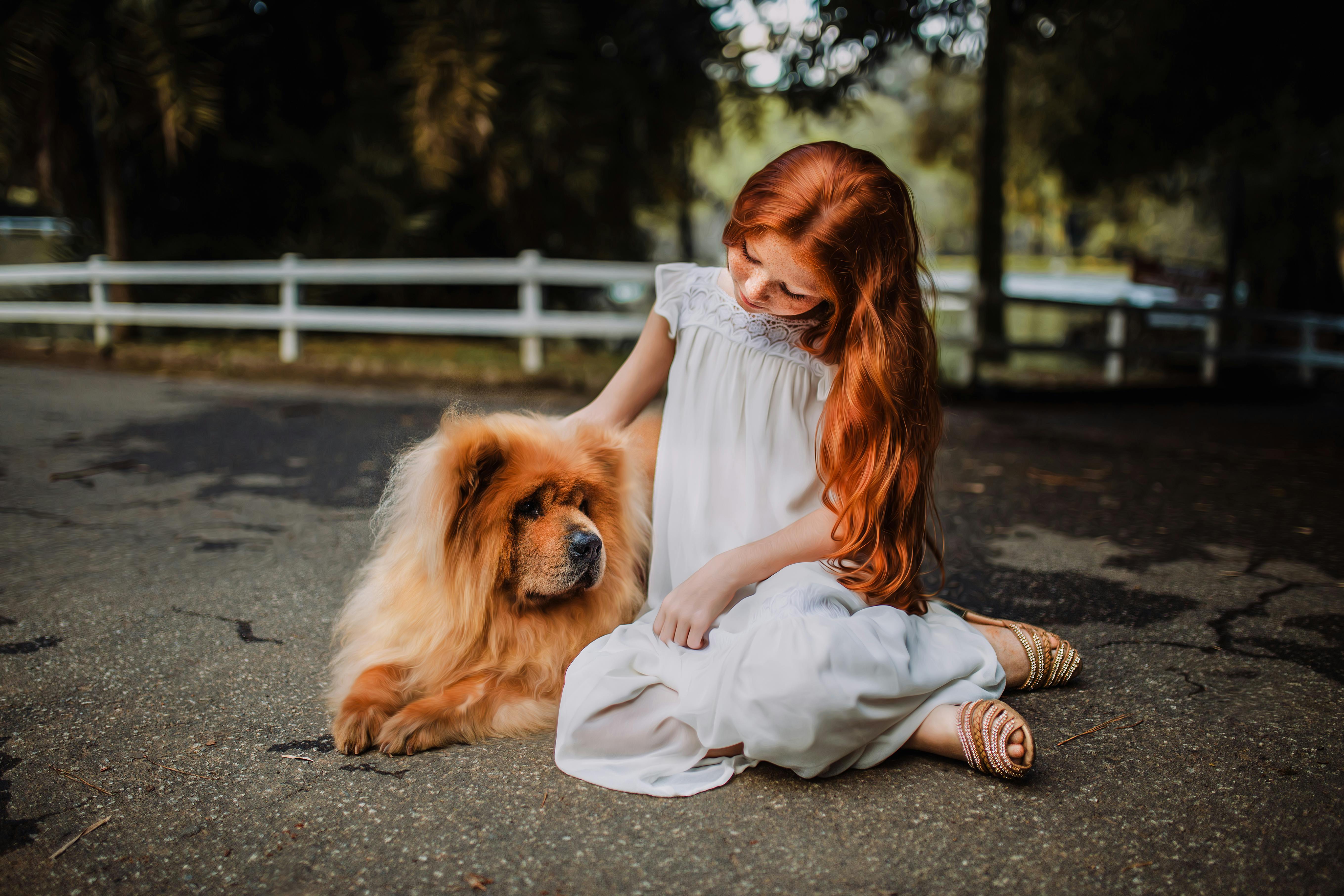Knowing your dog starts with knowing his breed, and that includes getting a better idea about his appearance, personality, and health requirements. Here’s what you need to know about the poodle:
The Poodle is considered one of the most intelligent dogs in the world. Also, this breed is exceptionally easy to train. What many people don’t know is that the Poodle has been around for centuries, originally being a large dog used for hunting. The exact origin is controversial, some historians believe that this breed comes from Germany, while others believe that it comes from Denmark, France, or even Piedmont. Regardless, the French are now considered the official claim of fame regarding this breed, which is why the dog is sometimes referred to as the “French Poodle.”
The poodle, who is a descendant of the water dog and the bearded Hungarian, loves water. Hence, the actual name is a derivative of the German word “Pudel, which translates to“ one who plays in the water. ”With exceptional swimming and retrieving abilities, this breed was at one time used to hunt for waterfowl. For swimming, the hunters would trim the coat, leaving only hair around the legs as environmental protection, today we still see the poodle trimmed in this traditional way.
Realizing how smart the Poodle was, the French began to use the breed to perform in the circus, further leading to popularity. The large standard poodle eventually became what we see most today as the miniature poodle and the toy poodle. Note that the standard variety is still available, although it is not as popular for a pet. In addition to great family additions, the Poodle makes a great show dog and an artist. When displaying, all three varieties are scored equally.
The standard poodle is the largest of the three varieties, followed by the miniature version and then the toy version. All three are graceful, lively, and graceful. The Poodle is also the same shape, only different based on size. This breed is also part of many hybrids including Cockapoo (Cocker Spaniel and Poodle) and the latter, Labradoodle (Labrador Retriever and Poodle).
Physical appearance
All poodles have long, flat and wide ears. The eyes are almond-shaped and the face generally has an alert expression. In this particular breed, you will find that the head is slightly rounded and the teeth have a scissor bite. The Poodle’s feet are oval and webbed, making it a powerful swimmer. Depending on the owner, some will have their tails docked and dew claws removed.
A great benefit of owning a poodle is that this dog does not molt. Therefore, people with allergies, respiratory problems, or even people with a disability who would find it difficult to clean up after a dog would love to own this breed. The hair of the Poodle is another important aspect. The hair is curly and therefore needs to be brushed and cut at regular times.
Typically a poodle would be a color such as brown, black, white, blue, apricot, or gray, but you will also find partial colors, sometimes referred to as “ghost colors,” which means black and red markings. While the hair on the Poodle’s body is frizzy, your dog’s ears may be curled or straight. When you visit a dog groomer, you will find that there are many different grooming options. However, for display purposes, only three cuts are accepted. These include:
1. Puppy clip
2. Continental (Lion Clip)
3. English saddle clip
If you plan on using your Poodle as a working dog and not as a show dog, then you can choose whatever clip you like. However, most of the time, the hair will be kept short as a means of reducing tangles and water remaining on the animal if it is used for fishing or hunting. Unfortunately, if a Poodle is not properly cut, the hair can cause serious problems. As the hair grows, it begins to curl. When this happens, it can pull on the skin and cause injuries, sores, infections, etc. At this point, the only solution is to shave the coat completely.
To give you an idea of size, the original standard poodle would measure more than 15 inches at the withers, the miniature poodle 11-14 inches, and the toy less than 11 inches. Additionally, a Toy Poodle must weigh 10 pounds or less to qualify for this class. Note that the FCI and AKC have slightly different regulations, so you’ll need to closely follow the one you want to wear for the show.
Temperament and personality
The Poodle is an exceptionally bright dog. The breed is active and alert, affectionate and loyal. Also, the Poodle does very well with children if he socializes when young and, in most cases, handles other animals quite well. This particular breed will often go out of its way to please its master and is often a one-person type dog. Although the Poodle is typically gentle, he can get bored and mischievous. Therefore, it is important to exercise your pet and have a good time playing.
You will also find that the Poodle is a sensitive dog. In fact, when you are caught chewing on something or getting into something that he or she is not supposed to be in, you may even notice slight embarrassment. This breed is comical and makes a great watchdog. The only thing to remember is that if you find your particular Poodle to be a bit nervous, proper training and socialization will drastically reduce the risk of fading. Then if you have younger children, you will need to teach them how to respect this breed, that is, not to sit on the dog and not to pull the ears or tail, etc.
Health
Poodles often have overactive tear ducts, which means they have brown streaks running down the eye area. Sometimes keeping the eye clean with a cotton ball moistened with water is sufficient, but if you find that the problem is constant, your vet may prefer to look for an obstruction, which can be corrected. So, as mentioned, it is imperative for a Poodle to be properly cared for. When purchasing this breed, the expense and time associated with grooming should be considered.
Most poodles will live between the ages of 14 and 16. Although it is normally a healthy breed, you should be aware that there are some health risks, which vary by variety. For example, things like entropion, cataracts, intervertebral disc degeneration, epilepsy, Legg-Perthes, progressive retinal atrophy, patella luxation, urolithiasis, and trichiasis are all possibilities for the miniature and toy poodle.
Then, for the standard poodle, the risks mentioned above exist along with a small potential for canine hip dysplasia, Addison’s disease, gastric torsion, sebaceous adenitis, and Von Willebrand’s disease, an inherited protein deficiency. In addition, all varieties of the breed are predisposed to mammary tumors. With good care and regular checkups, a poodle should live a long and healthy life.




